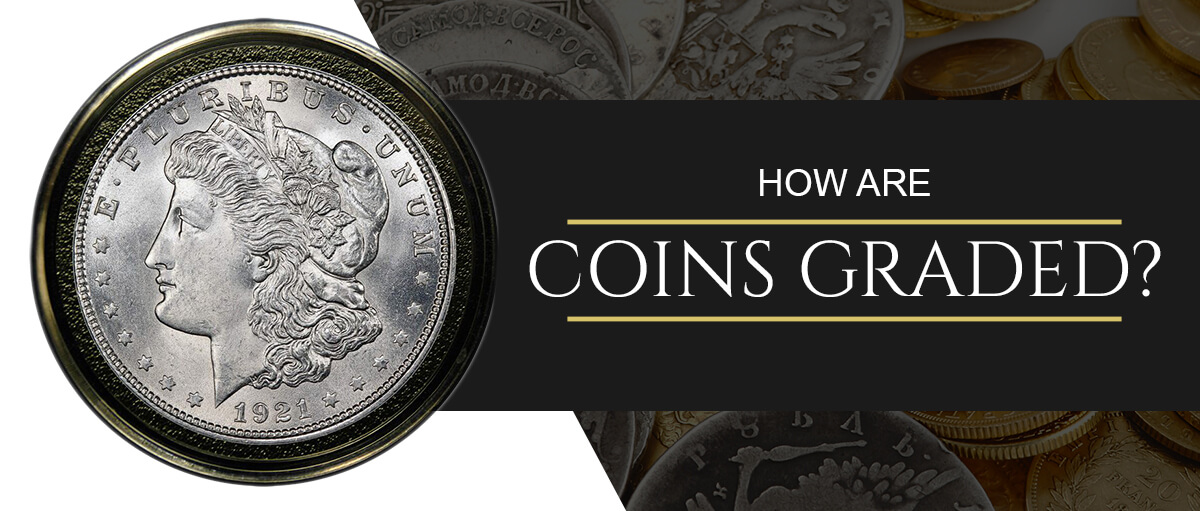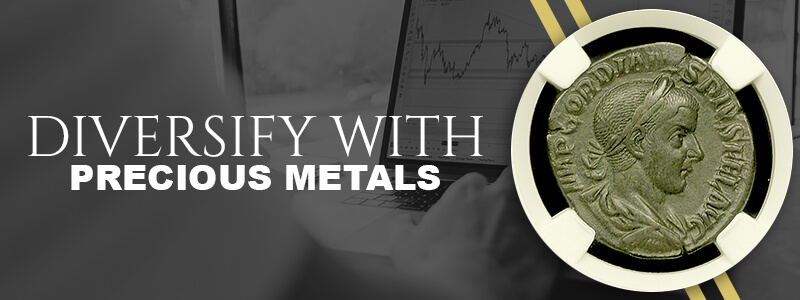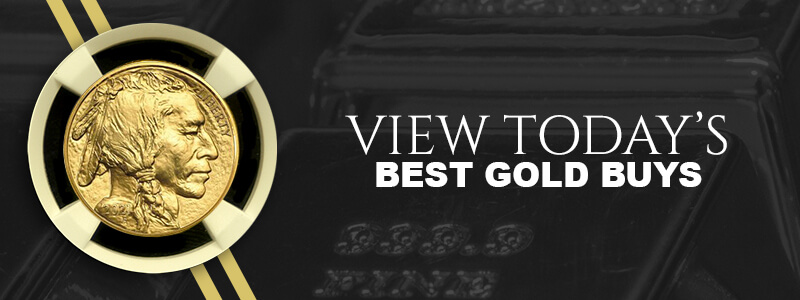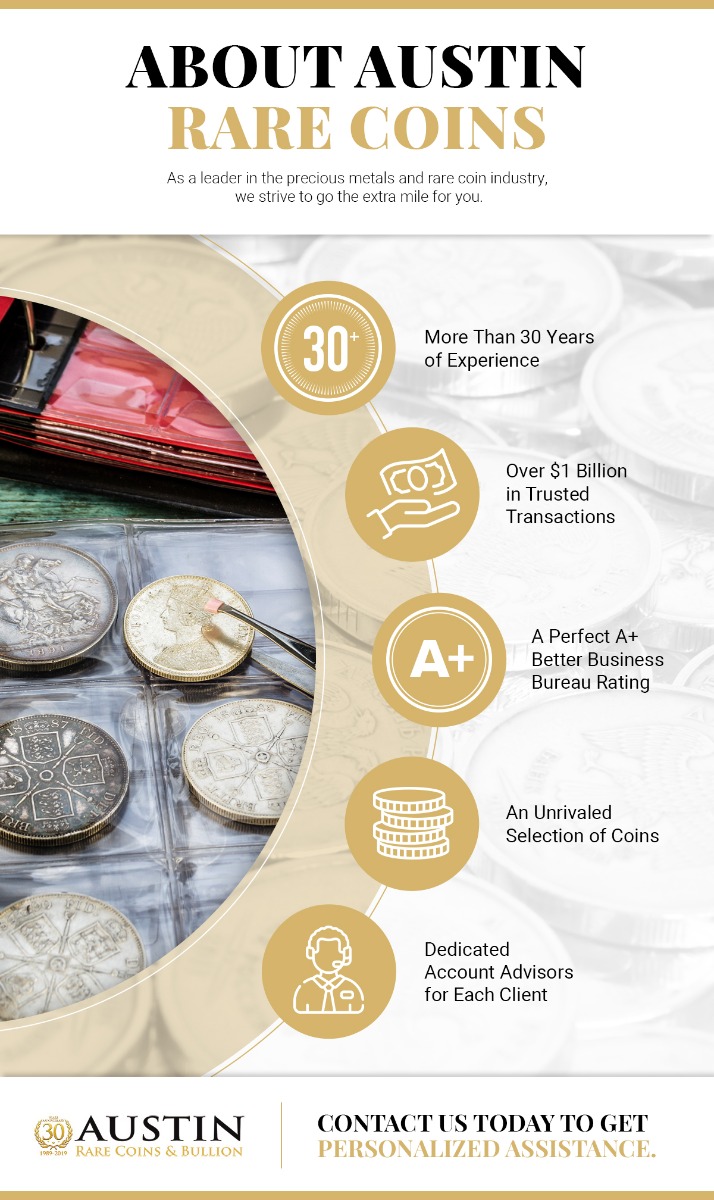How Are Coins Graded?

Originally developed by Dr. William Shelby, the coin grading scale is something that for many is mysterious and overwhelming. While on the surface, Dr. Shelby’s 70-point scale can feel confusing, the truth is that there is a lot of transparency in how rare coins are graded.
Below you’ll find insightful information from the team at Austin Rare Coins, including a breakdown of the grades. At the end of the day, our mission is to provide each and every one of our clients with the information they need to choose the coins that are right for them.
Whether you’re an investor or a collector, knowing the ins and outs of coin grading can prove useful. Keep reading to learn more or contact our expert advisors today to get personalized assistance.
What Do Coin Grades Mean?
Mint State, designated as MS, are coins in mint state condition that are graded between MS-60 and MS-70. A coin with a grade of MS-70 has essentially been graded as being perfect. For this type of coin, there are no blemishes to be found, the strike is good, and the color is great. MS-70 coins are also highly, highly rare. Finding one is like hitting the big lottery payout. A brand-new and just unwrapped penny is considered to be MS-63, and one that’s really pretty without any visible blemishes is MS-65.
Almost Uncirculated, designated as AU, are coins that have minute traces of wear found on the highest points. They usually come in AU-50, AU-55, and AU-58. For the layperson, it can be extremely difficult to differentiate an AU coin from a MS coin. If you’d like to practice, get a new coin from your bank, rub it back and forth on your computer mouse pad a few times, and then look for the wear. To do that, hold the coin almost sideways against a bright light so the light reflects off the surface at a low angle. You’ll see a difference in how the coin reflects off the majority of the surface as opposed to the highest points. An AU coin won’t reflect light the same way off high points as it does the rest of the coin.
Extremely Fine (designated as XF or EF) is another grade of coin. XF coins generally have wear that’s visible to the naked eye, but it’s only a small amount of wear. Frequently, the mint luster is still on the coin’s surface. These coins come in either XF-40 or XF-45.
Very Fine coins are designated as VF. VF coins have wear that spans light to medium. Major features are usually worn. If you get a roll of quarters from your bank, the majority of coins from 1976-1983 will be VF grade. They’re found in VF-20, VF-25, VF-30, and sometimes VF-35.
Fine, designated as F, are coins that have been in circulation a long time, but still have a good amount of the design visible. These are usually graded F-12.
Very Good, also known as VG, are coins that have heavy wear, but some details are visible, and they have full rims. This grade is VG-8.
Good coins, designated as G, are coins that have a legible legend and design, but they will be faint in some places. The date and mint mark should be legible.
Almost Good, or AG, describes a coin in which, as you may be able to guess, you can make out the outline of the design, and the coin is basically used up. The date might be visible.
Fair, or F, are coins in which you can essentially identify the type of coin it is, and it’s not unlikely that it will be bent or have holes in it.
Basal State, designated as Basal, are essentially a chunk of metal that you can tell was once a coin. These coins usually have almost no value.
Find the Perfect Coin at Austin Rare Coins
Whether you’re an investor interested in adding the perfect coin to your portfolio or a collector in need of your next exciting piece, the expert advisors at Austin Rare Coins can help. Backed by more than three decades of experience — and a reputation for being the most trusted coin dealers in the industry — we seek to provide our clients with advice that’s focused on constructing a balanced and diversified hard asset portfolio. Contact us today.











